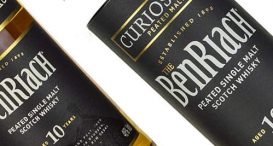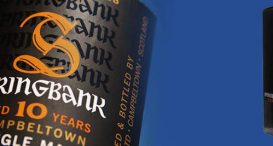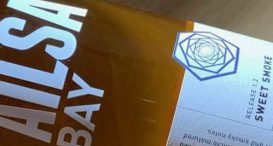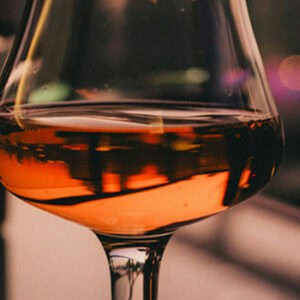When are Japanese whiskies not whisky? Sometimes never.
let’s begin
Japanese whiskies are some of the best in the world, but surprisingly, the industry isn’t as regulated in their home country as you would expect.
Growing markets
In recent years the international whisky market has skyrocketed and Japanese whisky in particular has seen a huge increase in popularity. To most brands this offers an incredible opportunity to grow and embrace new audiences. For others however, it is more doom leaden that you might expect.
Several well-known and loved expressions have had to be discontinued, including the Hibiki 17 Year Old and the Hakushu 12 Year Old. This is becoming more of an issue for big brands such as Nikka and Suntory as they run out of malt but face growing demand. Exports to the US have increased by 50% in 2019 alone.
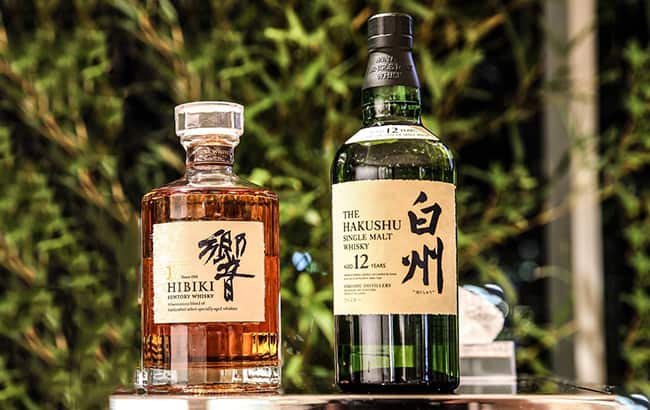
But is it really whisky?
The big question that has come out of this is around transparency in the Japanese whisky industry. While a lot of countries, including Scotladn the US and Ireland, have a lot of regulation around what legally defines a whisky made there, Japan does not have the same laws.
In Japan, it is perfectly legal to buy in Scotch or Canadian malts and re-label them as Japanese, to be sold on either internally or internationally. In some extreme cases, Japanese whisky doesn’t even have to be whisky. Spirits like Shochu have often been used in Japanese whisky.
While this might sound like the perfect way (if not the most ethical way) or tackling the Japanese whisky crisis, it lays the industry open to legitimate criticism.
History of Japanese Whisky Regulation
After Commodore Matthew Perry brought whisky from Scotland and America as a gift to the Japanese government in 1853, the country set about making their own version. In the early days, what was regarded as Japanese whisky would not have stood up to standards in other countries.
It was mostly made from sweet potatoes and it wasn’t until Masataka Taketsuru brought back the art of grain distilling from Scotland in the 1920s that grain whisky really took off. The government attempted to regulate the industry in 1989 but the rules still remained pretty easy going ompared to most other whisky producing countries.
The quality of Japanese malt was and still is excellent but the questions of which malts are Japanese made is bringing serious questions
Losing their title
Japan is a huge challenger on the world whisky stage. Brands consistently win awards and beat out well-established competitors from all over the world.
But with the extra scrutiny that is coming down on all whisky makers, the lack of regulations and the criticism that follows will surely hit Japanese distillers harder. With that it wouldn’t be surprising if their reputation as whisky makers was somewhat tainted.
Bigger brands like Yamazaki do label their malts as products of Japan, but others are less willing to do so. There is a reputational risk to all producers once the quality of one brand comes under question. With articles already appearing that expose the lack of regulations, it might not be long until the quality of Japanese malt starts to really come under question.
Change on the Horizon

There could be a chance of regulatory change coming though.
Mamoru Tsuchiya is the manager of Japan Whisky Research Centre, which regularly runs the Tokyo Whisky and Spirits Competition. For the 2020 event, he has proposed a criteria that’s means only Japanese produced whisky can enter.
Tsuchiya has been given support from many Japanese distillers and the Japan Spirits and Liqueurs Makers Association, which is an agency that helps regulate the industry.
Big producers benefit the most from the lack of regulation, as it means they can be more creative with how they manufacture their whiskies. For smaller brands it also poses an advantage, as they can easily import high quality scotch or American malt and resell it as Japanese whisky. They can quickly establish a reputation for quality malt, no matter where it comes from.
What comes next
There has been a significant rise in interest in Japanese whisky so it is only a matter of time before people start to really question what goes into it. Big brands have been running out of aged malt, leading to discontinuations and using imported malt to bulk out their own.
Suntory Ao is the best example of this, which has specifically be marketed as an international blend that celebrates malts from all over the world. It is a great blend and what makes it stand out is that they embrace the use of international malts. Nikka is another brand that uses Scotch malt but is open about that. They frequently discuss using Scotch to enhance the flavour of their blends.
Not every brand is as honest, and it is the ones that aren’t that threaten to ruin the reputation of Japanese whisky.
What do you think of Japanese whisky brands using other whiskies as their own? Let us know in the comments.



